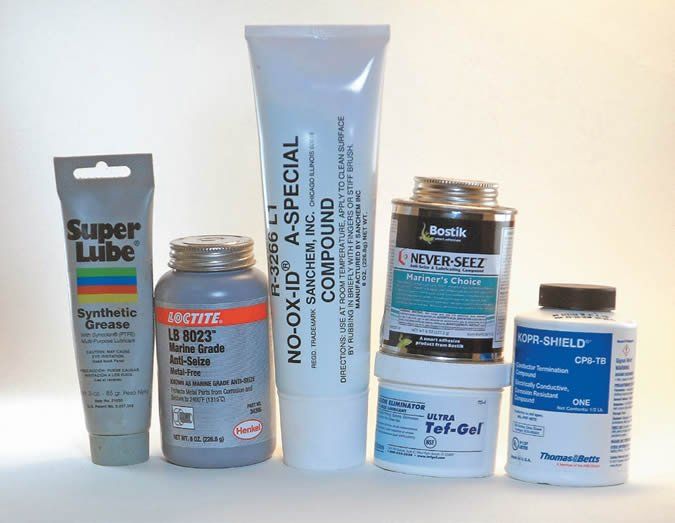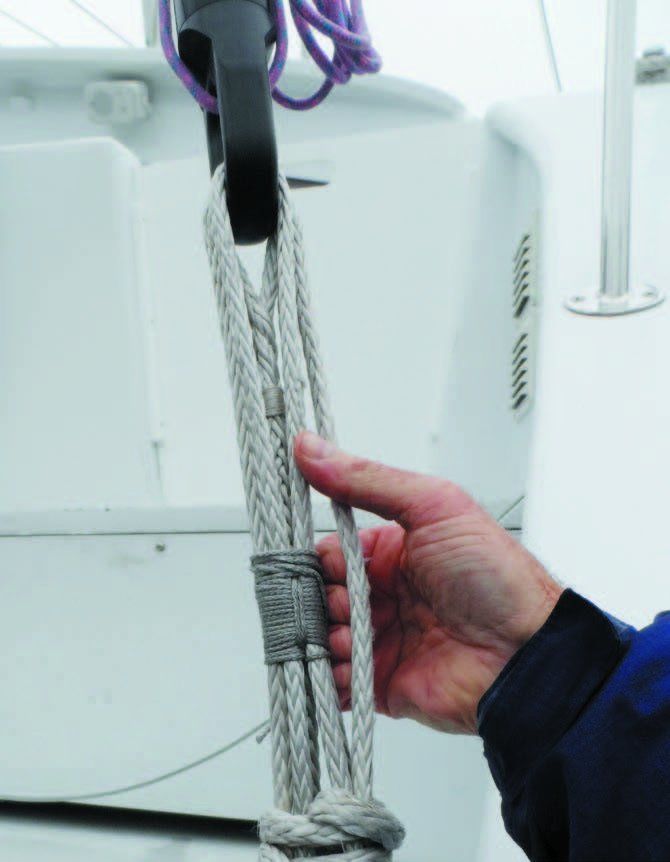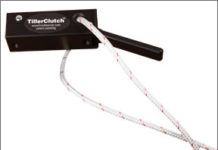In-Boom Furling: Five Systems
There's no perfect solution to boom furling. It's not an easy bit of engineering. Still, all the systems on the market continue to mature. Schaefer's new offering looks like a good bet for medium-sized boats.
Mainsail Track Hardware
The systems used to attach a mainsail to its mast have come a long way since the time of hoops and parrels, and the variety of options now available for retrofitting plays to the advantage of the consumer.
Do You Want a Headsail Luff-groove Device?
Unless the boat was equipped with two headstays, which adds considerable windage, the headsail change drill meant releasing the lowest hanks on the headsail in use, tacking down the new sail, hanking it on below the head-sail already up, taking a deep breath, letting the jib halyard run, then going like mad to get the hanks open on the old jib, all the time listening to the skipper scream to hurry up.
Improve Your Catalina 30: Upgrading the Worlds Most Popular 30-Footer
The Catalina 30 is a remarkable success story. We suspect that more Catalina 30s have been built than any other boat of that size anywhere in the world. While the basic boat has remained unchanged since it was introduced in1975, there have been dozens, perhaps even hundreds, of minor developments in the boat in the course of a production run that is approaching 4,000 hulls.
Boat Clinic: Tuning the Masthead Rig
Tuning the rig of a boat is one of the necessary -and pleasant -tasks which must be done to achieve good performance. In an untuned boat, the mast bends in odd ways, and this in turn causes the sails to set badly. By contrast, on a well tuned boat, the rig bends in a controlled fashion, allowing the sails to do their best.
The Multifarious Mainsheet
The mainsail is a big part of the motive power of almost every sailboat. The art of mainsail control, however, is a relatively modern one. One tool that greatly facilitates mainsail control is the traveler.
Mast Support for Trailerable Boats
On most trailerable boats, when the mast is stowed for travel it is lashed to the bow pulpit and stern rail with no support at all in the middle.
Checking and Replacing: Keelbolts, Part 1
The largest fasteners in any sailboat with outside ballast are likely to be the bolts holding the ballast keel to the hull. As a rule, designers specify keelbolts by a tremendous factor, on the order of ten to one or more. Nevertheless, this safety margin does not guarantee eternal life for keelbolts. Corrosion takes its toll, sometimes more quickly than you might think.
The Rig: Keep it Standing
When was the last time you went carefully over every detail of your boat’s rig? The chances are good that it may have been a few years, and it’s possible that you may never have looked at it in the detail it deserves.
Tiller Taming with Two Fingers
During the past decade, Practical Sailor has looked at a number of devices designed to hold the tiller while the helmsman can attend to other important business-such as trimming a jib sheet or popping open a frosty cold beverage. Theres the Davis Tiller-Tamer (Oct. 1, 1992), the Tillerstay (April 15, 1997), the Tillermate (April 1, 2005), and the Steer-iT (April 1, 2008). Except for the Steer-iT, all of these systems involve some form of line-clutch device on the tiller. The clutch "grabs" an athwartship line that passes through it. The line then leads back to cam (or clam) cleats on either side of the tiller that can be used to tension or release the line.










































